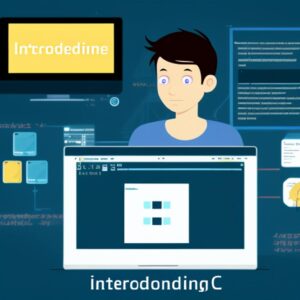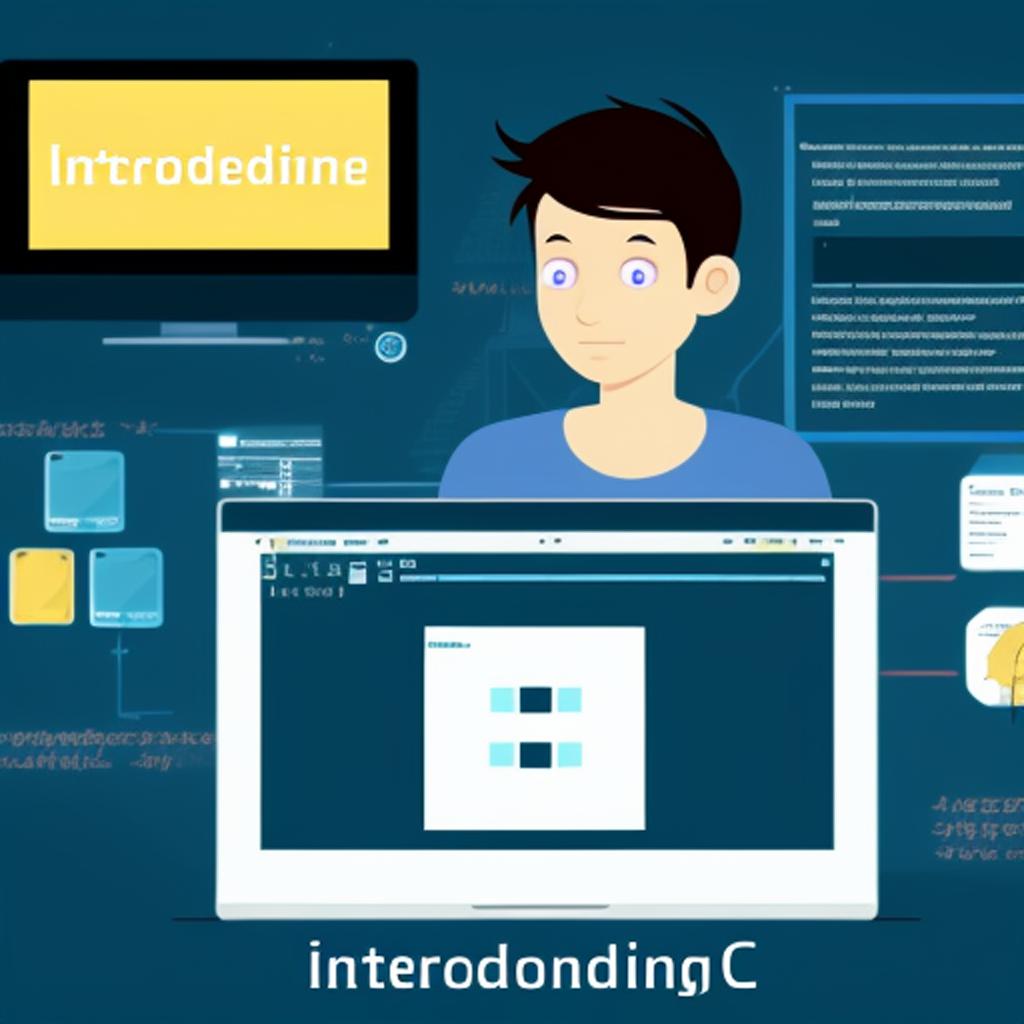In today’s digital age, coding has emerged as a fundamental skill that empowers individuals to shape the world around them. Recognizing its transformative potential, schools in India are increasingly emphasizing the importance of introducing coding to students at an early age. This introduction to coding serves as a catalyst for fostering creativity, critical thinking, and problem-solving abilities, preparing the youth to excel in an increasingly technology-driven world.

Building a Strong Foundation: An early introduction to coding lays the groundwork for a deeper understanding of technology. Coding involves writing instructions for computers to perform tasks, introducing students to logical thinking and sequential problem-solving. These foundational skills not only pave the way for advanced programming but also cultivate a structured approach to tackling challenges in various aspects of life.
Cultivating Creativity: Coding is akin to a canvas on which students can unleash their creativity. Through coding, they can bring their ideas to life, creating games, animations, websites, and interactive applications. This creative outlet encourages students to think outside the box, explore their imaginations, and invent innovative solutions to everyday problems.
Fostering Computational Thinking: Computational thinking, the ability to break down complex problems into smaller, more manageable parts, is a critical cognitive skill. Coding cultivates computational thinking as students learn to design algorithms, identify patterns, and logically organize their code. This systematic approach enhances their problem-solving skills and contributes to their overall cognitive development.
Bridging Academics and Real-World Applications: Coding is not limited to the realm of computer science alone. It can be integrated into various subjects, from mathematics to science and beyond. By incorporating coding in different disciplines, students can better grasp abstract concepts and witness the practical applications of their academic knowledge, bridging the gap between theoretical learning and real-world relevance.
Enhancing Digital Literacy: In an increasingly digitized world, digital literacy is essential. Introducing coding to students equips them with the ability to understand and interact with technology effectively. This digital literacy empowers them to make informed decisions in a technology-driven society and become responsible digital citizens.
Future-Proofing Careers: Coding is a sought-after skill across industries. As technology continues to shape the job market, coding proficiency will open doors to a wide range of career opportunities. By introducing coding early on, Indian schools prepare students to be competitive in the job market and contribute to the nation’s technology-driven economy.
Embracing a Growth Mindset: Coding inherently involves trial and error. Students learn to embrace failure as an opportunity for growth and learning. This growth mindset encourages them to persevere through challenges, view mistakes as valuable lessons, and develop resilience – attributes that are invaluable not just in coding but in all aspects of life.
In conclusion, the introduction of coding to students in India is a transformative step in their educational journey. By building a strong foundation, cultivating creativity, fostering computational thinking, and enhancing digital literacy, coding empowers students to become technologically proficient and adaptable individuals. This early exposure to coding not only prepares them for future career opportunities but also instills essential life skills that will serve them well in the ever-evolving landscape of the 21st century.



